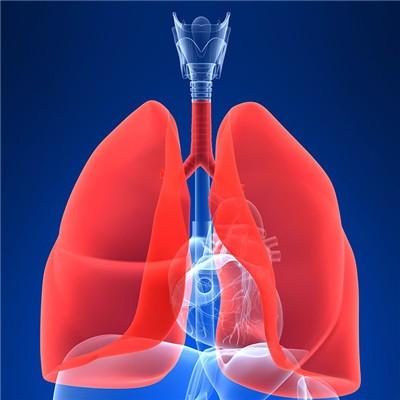What are the obvious signs of a cold?
summary
If you don't get timely treatment when you have a cold, it will bring some difficulties to the later recovery, so the sooner you have a cold, the better. If you want to know if you have a cold, you should first know the obvious symptoms of the person who has a cold. So what are the obvious signs of a cold.
What are the obvious signs of a cold?
Common cold commonly known as "cold", also known as acute rhinitis or upper respiratory tract catarrh, to the nasopharynx catarrh symptoms as the main performance. Most of the adults were caused by rhinovirus, followed by parainfluenza virus, respiratory syncytial virus, ECHO virus, Coxsackie virus, etc. The onset of the disease is acute, with dry throat, itching or burning sensation at the initial stage, sneezing, nasal congestion and clear water like nasal discharge at the same time or several hours after onset, and thickening after 2-3 days. It can be accompanied by pharyngeal pain, sometimes due to eustachian tube inflammation, hearing loss, tears, dull taste, poor breathing, hoarseness, a small amount of cough, etc. Generally no fever and systemic symptoms, or only low fever, discomfort, mild chills and headache. Examination showed nasal congestion, edema, secretions, pharyngeal mild congestion. If there is no complication, it will be cured in 5-7 days.
Viral pharyngitis, laryngitis and bronchitis. Acute viral pharyngitis is caused by rhinovirus, adenovirus, influenza virus, parainfluenza virus, enterovirus and respiratory syncytial virus. The clinical features were itching and burning sensation in the pharynx, and the pain was neither lasting nor prominent. When there is pharyngeal pain, it often indicates streptococcal infection. Cough is rare. Influenza virus and adenovirus infection can have fever and fatigue. Physical examination showed obvious congestion and edema in pharynx. The submandibular lymph nodes are swollen and tender. Adenovirus pharyngitis may be accompanied by conjunctivitis.
Pharyngeal conjunctival fever is mainly caused by adenovirus and Coxsackie virus. The clinical manifestations included fever, sore throat, photophobia, tears, and obvious congestion of pharynx and conjunctiva. The course of disease is 4-6 days. It usually occurs in summer and spreads in swimming. Children are more common.
matters needing attention
The best way to prevent acute upper respiratory tract infection is to strengthen the body's own disease resistance ability. For example, we should stick to regular and appropriate physical exercise, adhere to cold bath, improve the body's ability to prevent diseases and adapt to cold, do a good job in cold prevention, avoid predisposing factors, live regularly, avoid overwork, especially overwork at night, and pay attention to the isolation of respiratory tract patients, Prevent cross infection, etc.














